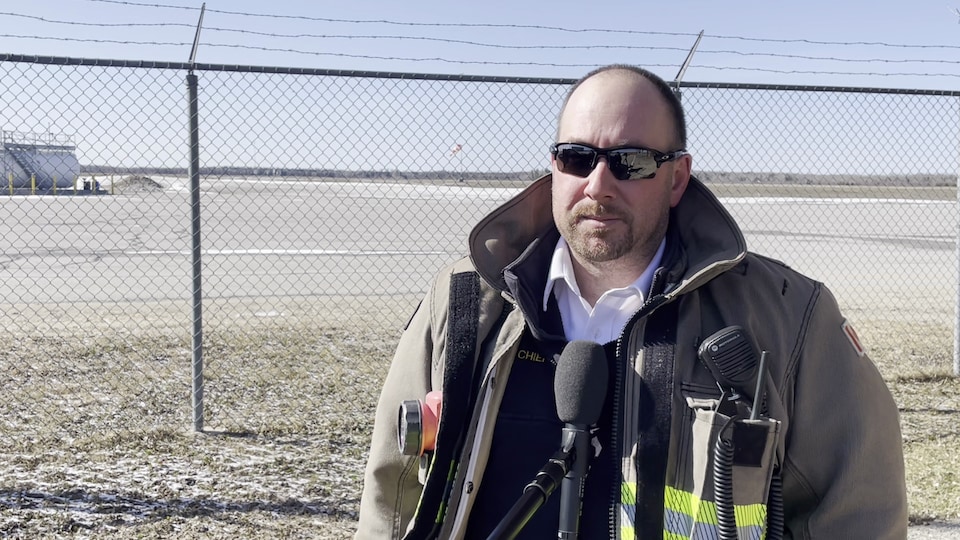After being delayed due to snow and freezing cold that hit the Far North on Tuesday, flights to Kapuskasing resumed on Wednesday.
Despite the time lost, it is easier for Kapuskasing to welcome the evacuees than at the start of the health crisis.
The easing of restrictions across the province has allowed the municipality to return to its pre-pandemic hospitality model. This facilitates the work of the reception staff.
We are now using all the hotels in Kapuskasing to evacuate them.
explains the evacuation coordinator for the Town of Kapuskasing, Guylaine Ouellette.
However, life is not fully back to normal. There are still things related to sanitary measures such as the mask on the buses
she continues.
After seven years in office, Ms. Ouellette will hand over to new managers next year. She says she is proud of the help she provided to the evacuees, whom she calls her guests
during its passage.
Town of Kapuskasing Director of Protective Services Pat Kennedy says the town is ready for anything.
We have reached 155 evacuees. Today, there are seven planes going to Kapuskasing. We will be at around 400, but we have a capacity [maximale] 500 in all
he says.
If more people are needed, he will find out during one of the three daily meetings he has with Aboriginal partners.
At this time, other communities such as Timmins and Thunder Bay have not received evacuees, but are ready to receive them.
The streams keep on rising
Rising water levels in the Albany River, caused by melting snow and ice, are being closely monitored by officers from the Ontario Ministry of Northern Development, Mines, Natural Resources and Forestry and local monitoring teams.
The water level has risen a few feet, but not enough to start the process of breaking up the ice
says Mushkegowuk Council’s director of emergency management, Wilbert Wesley.
The temperature constantly changes from cold to warm, which helps.
Wesley expects the ice breakup to begin during the first week of May.
The Moose River, located southeast of Kashechewan, is also being monitored by departmental officers, says Pat Kennedy.
According to the latest news shared with Kapuskasing, the ice in this sector is already on the verge of breaking.
An exasperated community
Kashechewan First Nation’s new chief, Gaius Wesley, doesn’t like the anxiety the melting snow is causing.
It is frustrating to know that we will never have peace like others because of the situation of our community.
he said.
It is now the third year in a row that residents have been evacuated to their hunting camps, for fear of exposure to COVID-19 in host communities.
This tactic has reduced the residents’ stress levels, but the chief expects the worst.
The latest measurements of ice thickness and snow depth indicate that the flooding could be bad, leading to the evacuation of the remaining residents still on site.
Kashechewan First Nation has agreed with the federal government to permanently relocate the community to a higher location 30 kilometers south by 2029.
Gaius Wesley confirms that studies have already been launched and plans will be made.
Technically the work is progressing on paper, but I’m beginning to see that it will be a long political process
says the chef.
With information from Christophe Simard, Bienvenu Senga and CBC
Reference-ici.radio-canada.ca

